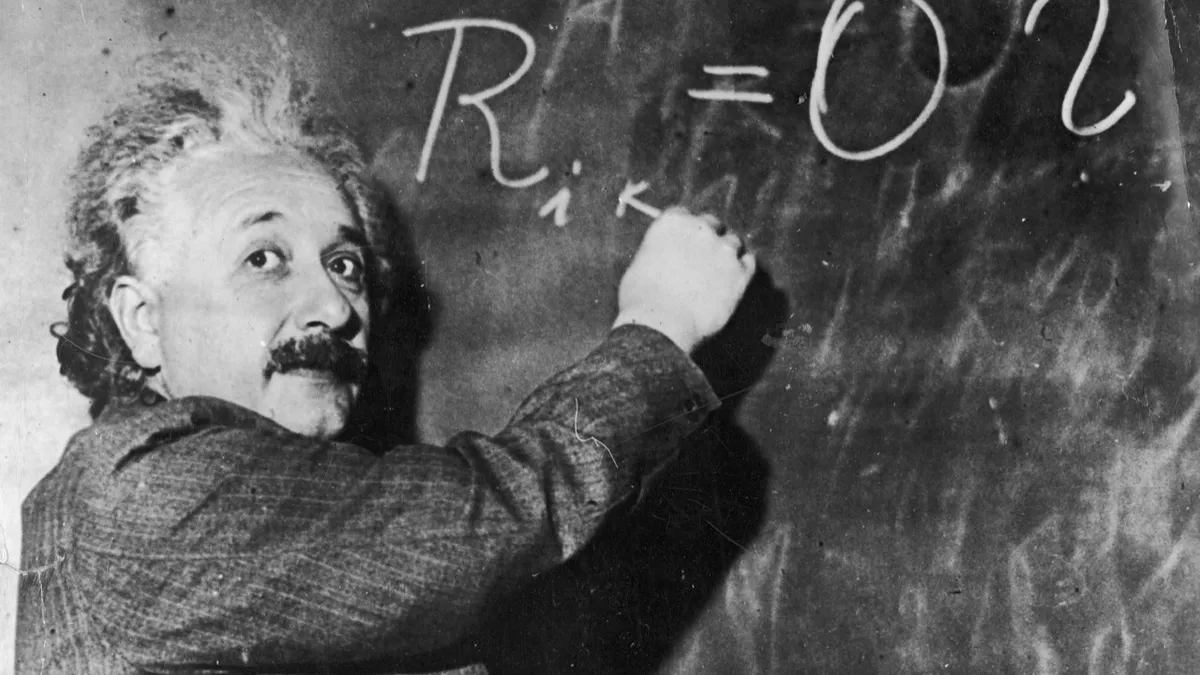“Ladies and gentlemen, we have detected gravitational waves. We did it!” This is how LIGO Laboratory Executive Director David Reitze broke the news to the world that Albert Einstein’s prediction that gravitational waves are coursing their way through the Universe is true.
In a press conference, the team at the Laser Interferometer Gravitational-Wave Observatory (LIGO) revealed to the world their ground-breaking findings; that at 9:51AM UTC on 14 September 2015, their two observatories detected gravitational waves from the formation of a binary black hole.
It comes exactly 100 years after Albert Einstein first published his theory of General Relativity, in which he proposed the existence of gravitational waves, and has taken a century of innovation and experimentation to build the tools to detect them.
The interferometers that LIGO use to detect gravitational waves are 4km-long vacuums with lasers reflected through them, so sensitive that they are able to detect changes in the signal by the width of an atom. It is this incredible sensitivity that was needed to detect the gravitational waves produced when two black holes come together nearly 1.3 billion years ago, creating a binary black hole and a massive storm in spacetime.
“Detecting and measuring gravitational waves is the holy grail of Einstein’s theory of General Relativity,” says STFC Physicist Professor Bob Bingham. “This discovery leads the way to look back in time at the creation of the universe, with significant repercussions for ongoing astronomical research.

This momentous finding was not just limited to those working from the two US-based laboratories. The LIGO Scientific Collaboration is a global collection of over 1000 scientists from more than 90 institutions and 15 countries, who all contributed to the momentous discovery. For members based at Harwell Campus in Oxfordshire, this news is the culmination of years of work building the delicate suspension needed to separate the effects of tiny strains in spacetime from the much larger effects of the movements of the Earth.
“It is an honour to have been part of the UK team that contributed the suspension systems to LIGO and so played a part in this fantastic discovery,” says Justin Greenhalgh, former RAL Space project manager at Harwell Campus for the UK’s contribution to LIGO. “The detection of a completely new kind of radiation is a huge scientific breakthrough – it’s exactly the sort of thing we get up for in morning.”
These results also reach far beyond LIGO. The LISA Pathfinder mission,ESA’s own search for gravitational waves,will also greatly benefit from the findings. “Today’s announcement is a huge development for astronomy and the global scientific community,” says Martin Caldwell, a space engineer developing components for the LISA Pathfinder mission. “(we can) build on today’s announcement towards the future LISA mission, which will use space-borne technology to make further discoveries in these low frequency signals.”
With LIGO running at only one third of its possible sensitivity, and 11 more gravitational wave detectors running or planned, we can look forward to more results to come through in the near future.
Follow Science Focus onTwitter,Facebook, Instagramand Flipboard
